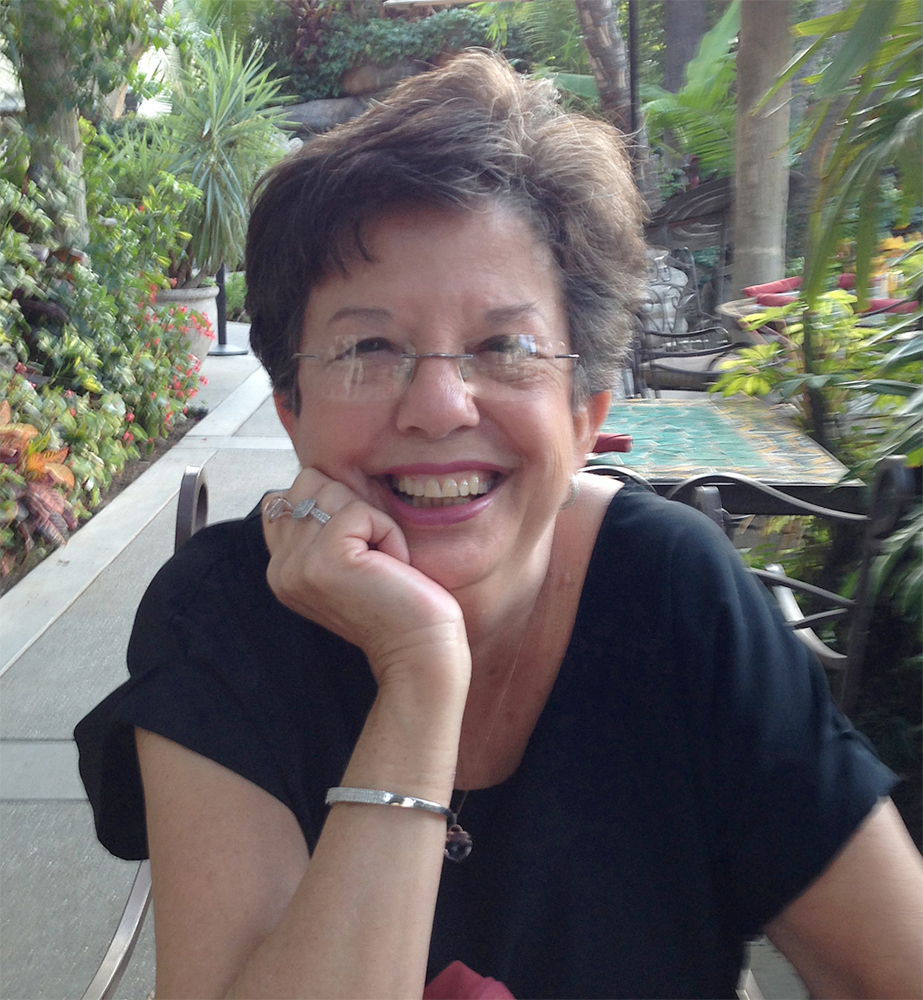Los Angeles resident Meg McKenzie Ryan married young, before graduating from college. Her husband's job involved flying to Hong Kong, so one day Meg surprised him by flying there. Asking friends what she should shop for there, buying a camera was the unanimous suggestion. So that's what happened.
She didn't know how to use it, so she enrolled in a not-for-credit class at the University of California, Los Angeles. Jerry McMillan was her instructor there and later at California State University, Northridge where she earned her Bachelor in photography.
In the early 70s, McMillan was active in the Los Angeles art scene, and he was particularly interested (it seemed) in helping photography to be recognized as an art form. Non-traditional subjects and alternative presentations were encouraged. I was game.
Then, Meg remarried and moved to Burkina Faso, a country in West Africa, and then to neighboring Lome, Togo where her daughter was born. The culture there was incredibly different than her Los Angeles home. Religion, work and working conditions, poverty, homes, clothing, food, etc. were all new. It was a lot to digest, and more than she was prepared to face with her camera.
Next, the young family moved to Bloomington, Indiana where Meg was able to study for a Masters degree in photography. Jeff Wolin was her primary instructor, and he was shooting an 8" x 10" field camera, so Meg decided to acquire one. Mostly she shot landscapes at the time. Wolin, on the other hand, was shooting beautiful shots of the rock quarries around Bloomington, and later did a project on Holocaust survivors and later still on homelessness.
Moving again to the lower desert of California (city of El Centro), Meg landed a full-time photography job at the local daily newspaper. It was excellent experience for the young and somewhat shy photographer because she learned to shoot pictures of people. And this was the start of her project featured here, The lives of others.
Her home was just ten miles north of the Mexicali, Mexico border town and capital of the state of Baja California, Mexico. It was easy (at the time) to cross the border, find the poorer neighborhoods, and ask to shoot their pictures.
It's no accident that her photography became more documentary-like at its heart. The newspaper work and living in such a foreign place as West Africa pulled her in that direction. And at some point she realized that photos of people interested her the most.
The work was wonderful, rewarding, and rich with experience and learning. Meg hopes you'll take time to look at the photos here.
